Artificial intelligence and automation are two tech terms we hear a lot. They both use machines to do things that people used to do. Even though they seem alike, they are actually different. Knowing what is the difference between the two can help you understand today’s tech world. In this article, we’ll explore the difference between AI and automation, breaking down their unique features and uses.
JS SYNC (NO ADBLOCK BYPASS)Listen to our Podcast: What is the Difference Between the two?
What is Automation?
Automation is the use of technology to perform the same tasks repeatedly. Consider an apparatus that folds boxes in a processing plant or a set of code that emails you after you purchase something on the web. There is no variation in these jobs and automation ensures they take place the correct way each and every time. Automation is about using machines to follow rules we set. Doing things again and again in the right way is what the goal is. To clarify, the difference between automation and artificial intelligence lies in automation’s focus on consistency without the ability to learn or adapt.
Want to explore more in-depth? Check out our guide on Artificial Intelligence (AI) Automation: What It is & How To Use.
What is AI?

AI is different. It makes machines that can learn and make choices like people. AI can look at information, guess what will happen next, and sort pictures. Instead of just following rules, AI tries to act smart. AI is made to be like humans but at a thinking level. It learns things by seeing patterns and what happened before.
Key Differences
Here’s a simple difference between the two.
- How they work: Automation follows rules. AI learns and makes choices.
- What they do: Automation does the same tasks again and again. AI can do different tasks and change how it works based on new facts.
- How smart they are: Automation is not very smart. AI can learn and get better over time.
- What they are used for: Automation is used for tasks that need to be done the same way each time. AI is used for tasks where you need to make smart choices.
See real-world applications in our blog on How AI Automation is Changing How Businesses Work.
AI is More Than Just Automation
You could say it is like a smarter kind of automation. It adds thinking to automation, which lets it do more and get better as it learns. Automation is still important for doing the same things over and over. AI can handle many types of tasks and change to fit new situations, even if it was not made for them. So, how is it different from automation? Unlike automation, AI evolves and makes decisions based on data, not just predefined instructions.
How They Work Together
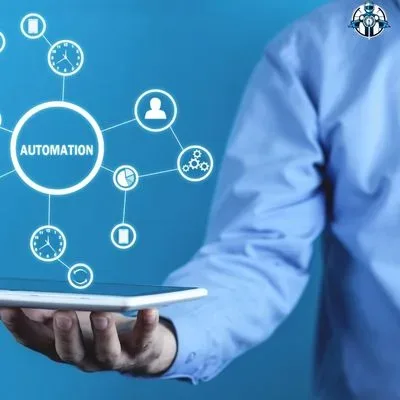
· Intelligent Automation (IA)
Both can work hand in hand to achieve greater outcomes. This collaboration is known as intelligent automation (IA).
IA merges the learning and reasoning capabilities. It makes automated tasks smarter and more effective. This process improves efficiency, trims costs, and enhances decision-making in areas like customer service, HR, and finance. Understanding the distinction is essential for recognizing their roles in technology.
Discover the connection between AIrtifical intelligence, ML, and robotic process in The Role of Artificial Intelligence and Machine Learning in Process Automation.
· Artificial Intelligence-Powered Automation
Artificial Intelligence-powered automation means adding Artificial Intelligence technology to automation activities. This helps systems complete tasks without needing human input. These systems learn from the data they handle and improve over time. The AI vs automation comparison often highlights this: AI builds on automation by adding intelligence and adaptability.
How the Combination Works
- AI: It uses machine learning and algorithms to analyze information. It acts as the part that makes decisions.
- Business Process Management (BPM): This automates workflows and links people and systems.
- Robotic Process Automation (RPA): RPA handles basic administrative tasks like extracting data and filling out forms. The difference in AI and automation becomes a strength when combined, as IA leverages both to optimize results.
Combining these technologies allows businesses to get rid of repetitive tasks. It connects various systems too, leading to more efficiency, accuracy, and productivity while cutting down on manual work and mistakes.
Learn how chatbots improve efficiency in AI-Powered Chatbots and Virtual Assistants: How They Work and Why They Matter.
Which One Should You Use?

Choosing between AI and automation depends on the task at hand. For repetitive tasks that stay the same, automation works best. However, if a system must learn and adapt to changes, AI is the better option.
Here’s a simple guide to help you decide:
- Automation: Use it for repetitive and rule-based tasks. Examples are email sorting, data entry, and payroll tasks.
- AI: Use it for jobs that need decision-making, problem-solving, and learning. Examples include customer service chatbots, fraud detection, and screening job applicants. So, what’s the difference between AI and automation when deciding? It’s about matching the tool to the task’s needs.
In many cases, the best results come from combining AI and automation through intelligent automation (IA). IA uses AI to improve automation, allowing systems to manage complex tasks better and boost efficiency.
Not sure whether to use AI automation or RPA? Read our comparison in AI Automation vs. Robotic Process Automation (RPA): Key Differences and Use Cases.
FAQs
What is the difference between automation and AI?
Automation performs repetitive tasks based on predefined rules, while AI mimics human intelligence by learning from data and making decisions.
Is AI an example of automation?
AI is not just an example of automation; it represents a more advanced form that can adapt and learn, whereas traditional automation follows fixed instructions. While related, is AI and automation the same? No—AI represents a more advanced form that can adapt and learn, unlike traditional automation’s fixed
Can automation be done without AI?
Yes, automation can be done without AI; many automated systems operate solely on predefined rules without any learning capability.
What is the difference between traditional automation and AI?
Traditional automation focuses on executing specific, repetitive tasks reliably, while AI involves complex decision-making and the ability to learn and adapt over time.
Final Words
Now you’ve learned that AI and automation do not work the same way. AI uses data to learn and give smart answers. It changes as it learns more. Automation works with set rules and does the work in the same way every time. Both ideas help us in work and daily life. The smart system may give many answers, while the set tool repeats the task without change. We see these ideas in many parts of life such as business, health, and school.
We also see that these tools work well when they work as a team. The smart system gives ideas and the set system does the work in clear steps. This team effort helps us to work fast and with clear results. As we look at our work in the future, understanding the AI and automation difference will be key to leveraging their potential effectively.


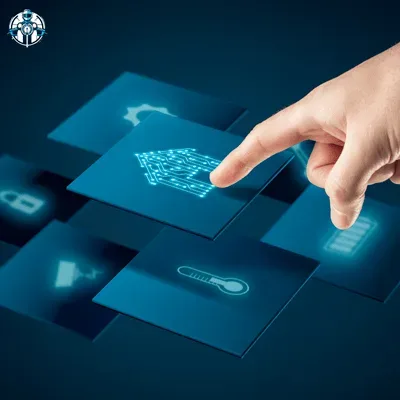
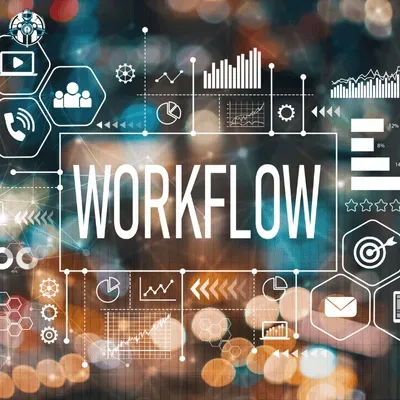

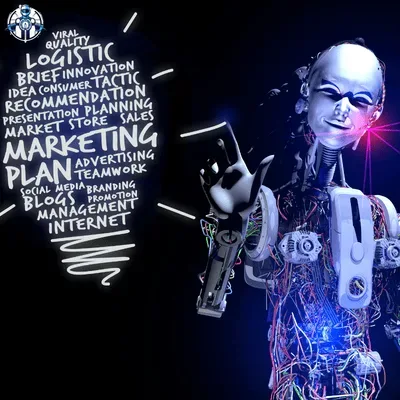
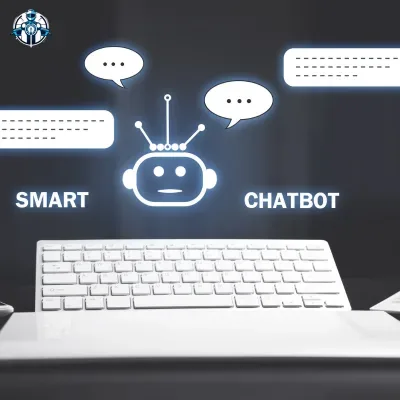
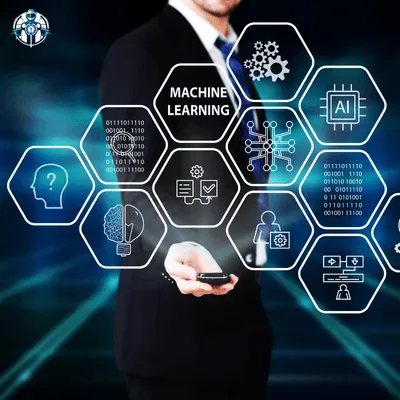

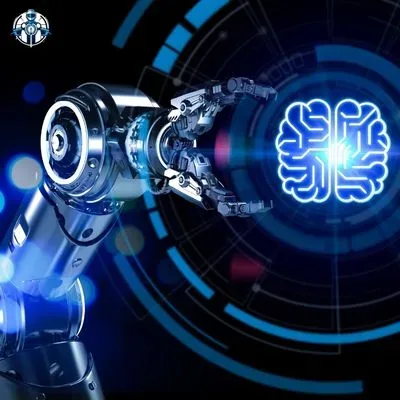
5 thoughts on “What is Artificial Intelligence (AI) Automation? A Complete Guide for Beginners”
Super insightful and easy to digest! The whole “AI vs. automation” debate finally makes sense. It’s cool how AI can actually learn and improve over time, while automation just does its thing on repeat. I guess the sweet spot is blending both for max efficiency. Looking forward to more deep dives on this stuff!
This was a solid read! AI and automation get tossed around like they’re the same thing, but this really clears it up. AI’s got that brain power, while automation is more like a reliable workhorse.